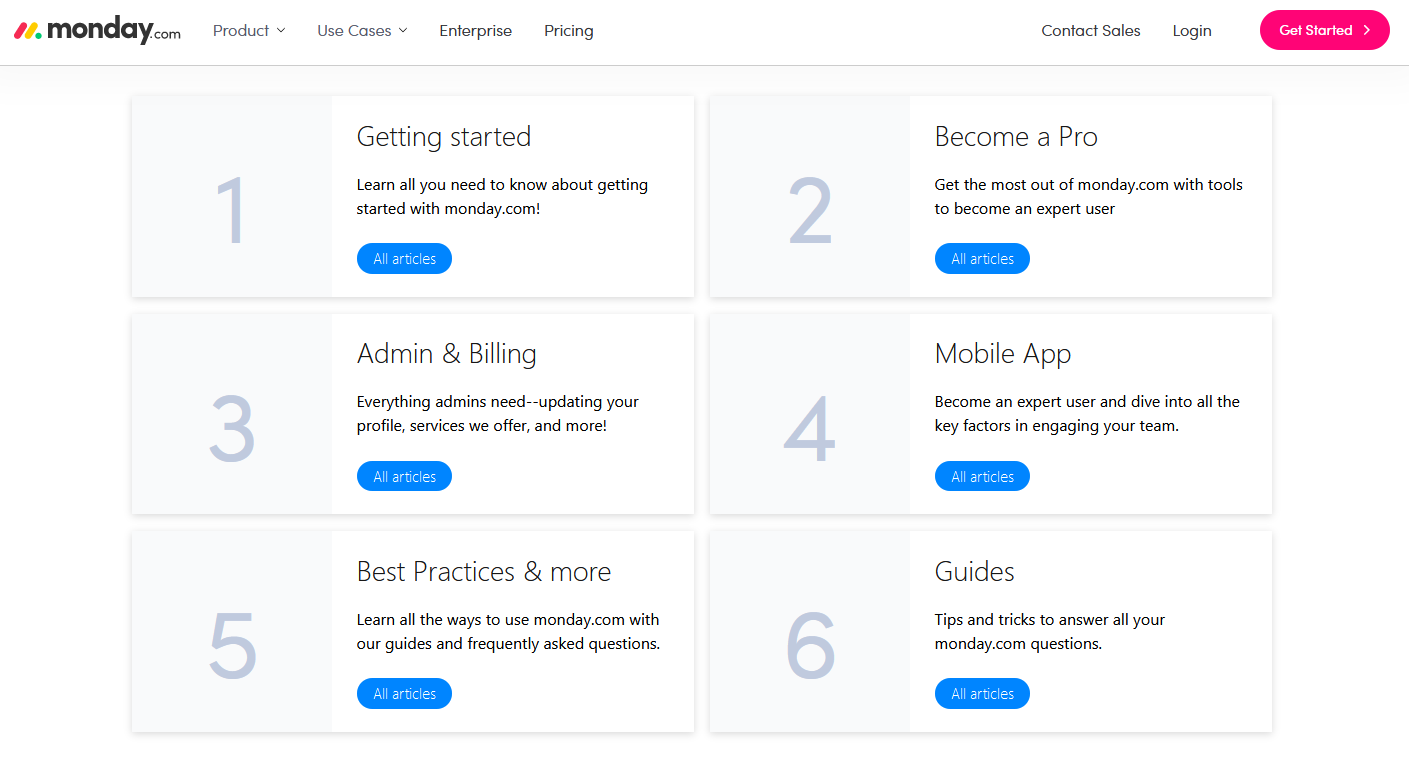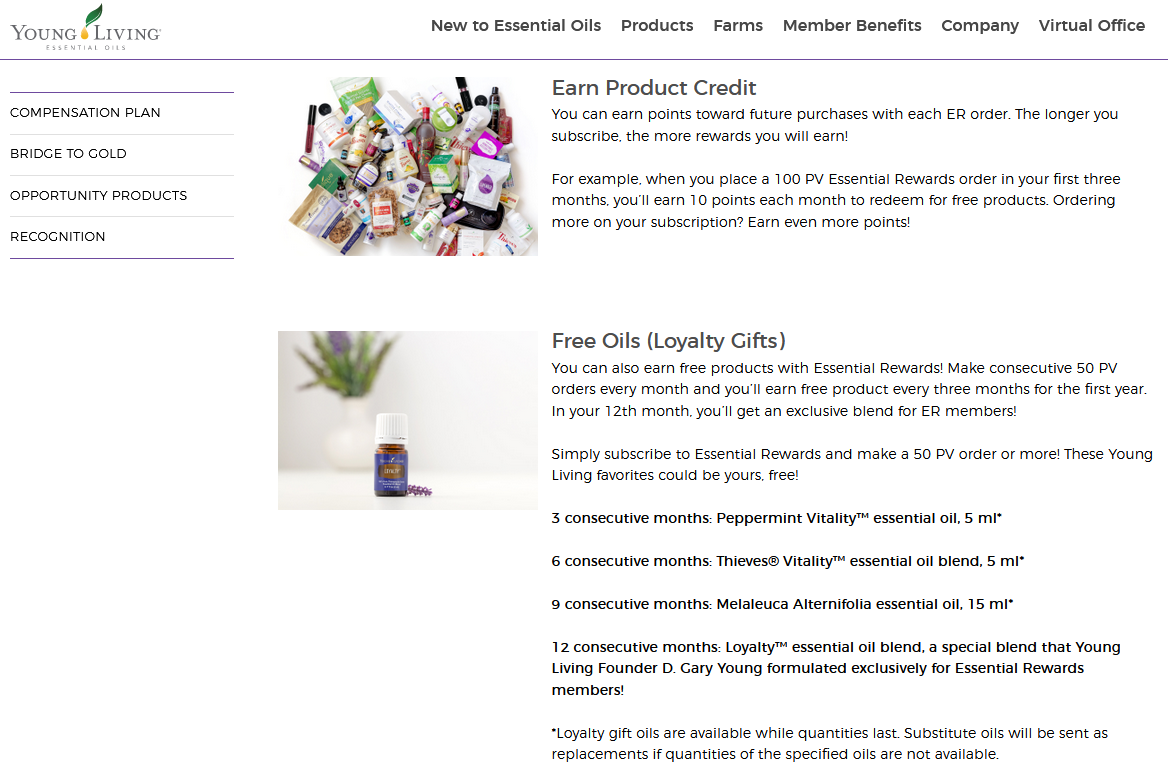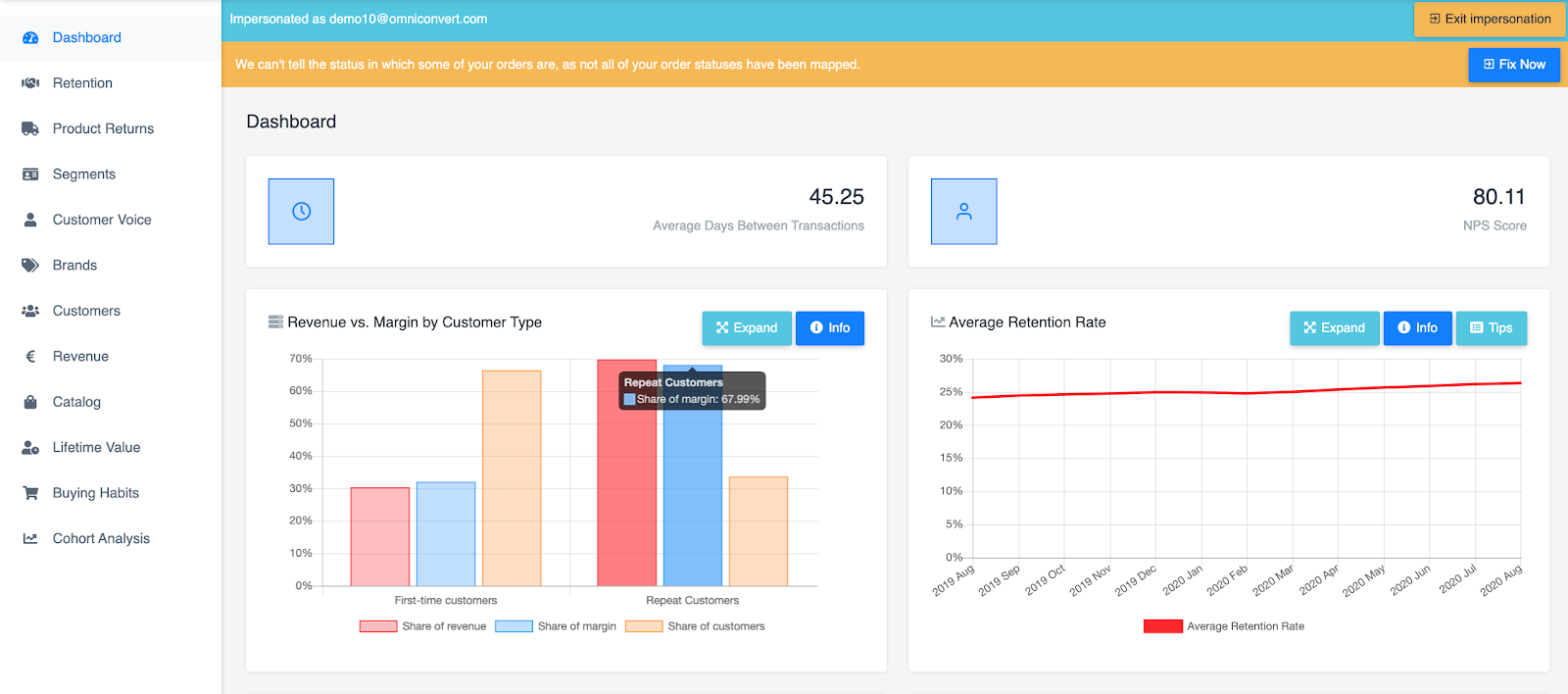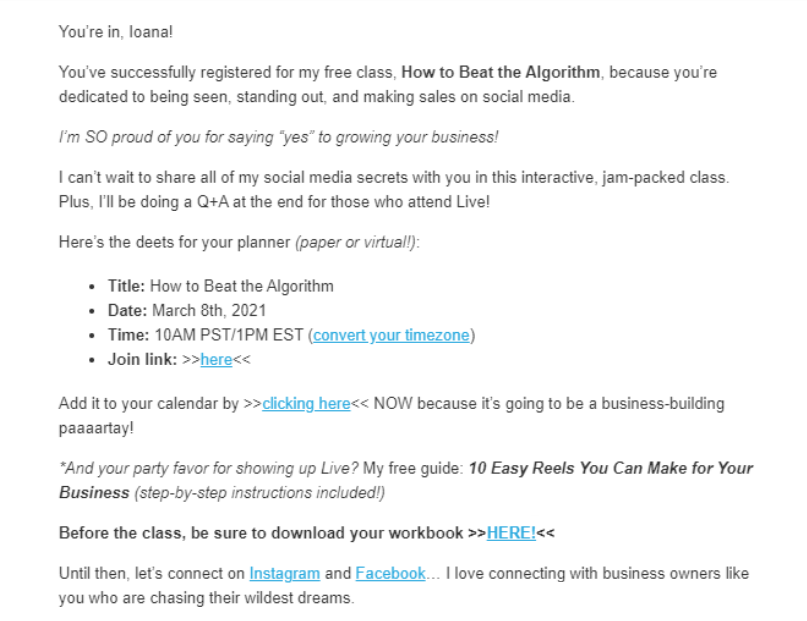Having a customer-centric marketing plan is about more than just understanding how to generate leads based on your ideal customer. It’s about creating an entire marketing approach focused on what’s best for your customers.
This marketing style also involves having a customer-oriented approach in all aspects of your business because great marketing won’t work if the other parts of your business aren’t aligned with customers’ needs, too. In this post, we’ll cover what customer-centric marketing is, why you need it, and how to apply it to all aspects of your company.
Content:
- What is a customer-centric marketing strategy?
- Why is a customer-centric marketing strategy important for your business?
- What are the priorities of a customer-oriented marketing strategy?
- Customer success
- Customer advocacy
- Long-term strategy
- How to create a customer-centric marketing strategy
- Conduct a customer behavior analysis
- Captivate customers with more photos, less text
- Consider getting a digital makeover
- Meet customers in their inbox
- Optimize your content so customers can find you
- Communicate value with video
- Promote your content through distribution
- Use customers to demonstrate your products and services
- Wrap up
What is a customer-centric marketing strategy?
A customer-centric marketing strategy prioritizes customer needs and interests when making decisions related to advertising, selling, and promoting products and services. The focus is understanding why your customers need what your business provides so you can deliver immense value to improve some aspect of their work or personal life.
Customer-oriented marketing deeply considers the effect this strategy will have on customers — both negatively and positively — before implementing. It’s a way of doing business that focuses on what the customer needs and wants in an attempt to build customer loyalty, satisfaction, and, ultimately, more referrals.
This type of strategy asks:
- Will this help my customers?
- Would my customers like this?
- Do my customers need this?
- What would my customers think about this?
- Would this offend my customers?
- What are my customers struggling with right now?
- What’s happening in the world, and how is it affecting my customers?
- What do my customers need and want?
As we mentioned before, being customer-centric doesn’t stop at marketing, either. It’s important to find ways to incorporate customer-centricity throughout all aspects of your business. This includes sales, customer service, finance, and more. Approaching it this way not only shows customers your dedication to customer-centricity — it’ll also help you tailor your marketing efforts more accurately.
Why is a customer-centric marketing strategy important for your business?
Having a customer-oriented marketing strategy is one of the best ways to differentiate your business from the competition.
Why?
Because consumers have endless options, smart advertising and low prices just won’t cut it anymore. As consumer expectations continue to rise, it takes a personalized approach to build brand loyalty and maintain a competitive edge.
This type of strategy can also save a company from losing countless clients due to a poorly constructed marketing message.
A prime example is the outrage that poured out over Pepsi’s ad a few years ago featuring Kendall Jenner. The ad shows Jenner in the middle of a photo shoot when she notices a protest march and decides to join. While marching, she grabs a can of Pepsi and walks over to a police officer to hand it to him. This is the part that seems to have caused the most uproar. The officer takes a sip, and everyone cheers.
Pepsi said they intended to create a message of unity and peace. Still, many of their customers got a different message, accusing Pepsi of appropriating a racial protest movement and boycotting their products. Had Pepsi done some more client-centric research around the protests ahead of time, they may have been able to create a better message that aligned with their customers, prevented customer losses, and avoided brand degradation.
Being customer-centric is crucial to having a successful marketing plan.
What are the priorities of a customer-oriented marketing strategy?
When creating your marketing strategy, you’ll want to keep the following priorities in mind.
Customer success
Always put the customer’s success first, even if they don’t end up buying from you yet.
Creating a knowledge base is a great example of this. A knowledge base is a collection of articles full of actionable advice, case studies, stats, and clear examples.
Here’s an example of a useful knowledge base from monday.com:

Apart from their knowledge base, they also run a blog with marketing, project management, and software development articles.
This speaks to monday.com’s desire to promote success, even if readers never make a purchase. Project managers, software developers, and marketers can improve their education for free just by reading these articles.
Customer advocacy
Advocate for your customers, and they’ll advocate for you. Give customers a reason to promote you by taking care of them during each step of the customer journey.
Here are some tips to promote customer advocacy:
- create a seamless customer onboarding experience;
- listen to your customers, anticipate their needs, and create products and services that meet those needs;
- handle complaints and concerns quickly and make sure that customers are more than satisfied with your resolution;
- send gifts on birthdays and special occasions;
- prioritize kind, respectful, and solution-focused customer service;
- create an affiliate program and work with key influencers who love your product or service.
Long-term strategy
Avoid short-term wins and focus on long-term growth by amping up your customer lifetime value.
While lead lists and funnels can be part of your marketing plan, they shouldn’t prevent you from developing long-term relationships with customers.
Here are some tips:
- know your customer’s preferences and keep an eye on preference changes;
- create loyalty programs based on the products or services your customers love;
- develop a solid SEO strategy;
- focus on quality products and services that your competitors can’t match;
- be grounded in ethics, honesty, and integrity;
- choose the right communication channels and offer 24/7 customer service;
- entice customers to stay or come back with offers they can’t say no to.
A great example of this is a company called Young Living which has been around for 28 years. Young Living focuses on high-quality, therapeutic-grade essential oils through its “seed to seal” program. While other companies won’t disclose their processes, Young Living customers can tour their farms and plants to see how their essential oils are made.
They also offer a rewards program that gives loyal customers free products, cashback, and a shipping discount.

Ask loyal Young Living clients why they stick around, and they’ll tell you that nothing compares to Young Living. You’re likely to hear that their essential oils are the purest, the company is honest, and they’re committed to customer preferences. It looks like they’re not going away any time soon.
And with that, let’s move on to our top tips on how to create a successful customer-oriented marketing strategy.
How to create a customer-centric marketing strategy
Here are our top eight steps to create an effective customer-centric marketing strategy.
Conduct a customer behavior analysis
A customer behavior analysis can help you segment your customers into different groups and tailor your marketing, products, and services to meet the needs of each.
The analysis process will depend on your budget and overall needs, but there are plenty of tools and resources available to help, like the Reveal app by Omniconvert.

The app gives you real-time transactional data from your customers on Shopify, aggregates them into distinct customer segments and product patterns, and provides you with insights about customer behavior in a real-time dashboard. The app points out what your most loyal customers buy and why they buy from you. It also points out why ideal customers stop buying from you.
If you’re interested in giving this a go manually, here are the steps:
- Extract qualitative data. Segment your audience using demographics, engagement summaries, and characteristics based on your high-value customers. Then, identify the key benefit for each group by determining the root of your customers’ buying decisions. For example, were they in a rush when they made the purchase or was it a thoughtful, deliberate decision? If you don’t use a tool, you’ll need to ask them directly. You can do this by calling them, sending an email, or posting questionnaires, surveys, and polls on social media. In the long run, a dedicated tool may be more efficient.
- Obtain quantifiable information about your customers. Pull stats from within the company, like blog subscription data and product usage reports. Then, pull stats from outside the company, such as consumer reviews and competitor analytics. Finally, use third-party data to get general statistics across an entire industry.
- Compare your qualitative and quantifiable data. Use your data sets as a reference and go through your customer journey map to see which persona bought particular products, along with when and where. Was that the last time they shopped, or did they return? Compare the two data sets against the customer experience to help you develop a better understanding of your customers’ journey. Note roadblocks, trends, and successes. Compare all of this to your high-value customers and identify any trends and differences with their buying behaviors.
Afterward, apply your analysis to a marketing campaign, analyze the results, and note what worked and what didn’t. Ask for plenty of customer feedback, and be sure to nurture any clients who have complaints or concerns.
Then, rinse and repeat for future campaigns.
Captivate customers with more photos, less text
2021 = more visuals, less text.
While marketers still argue over how long a customer’s attention span is, it doesn’t take a stat to prove that consuming an image takes less time than reading lines of text. Apart from that, customers are also more likely to remember information that was given to them in visual form. That’s why adding a picture can help customers remember 65% more.
Take a look at WallstreetZen for a great example of how to present and implement a visual-centric strategy.

In this example, they’ve allocated the bulk of their space to example diagrams, along with a few short lines about how they deliver value to customers.
Make sure to use plenty of photos to separate blocks of text, convey important messages, and show examples of your products and services. If a photo isn’t working, change it. Use images that captivate and profoundly speak to your customers.
Remember: the focus is on them, not you.
Consider getting a digital makeover
To serve your customers in the best manner possible, it’s important to have digital systems in place that can run all aspects of your business efficiently. Sometimes that means updating a few software systems. Other times, it means getting a full-blown digital makeover.
Whatever your needs are, consider using a digital transformation agency to support your changes. A digital transformation agency will work with you to see what digital systems you have that are working well and what needs to be changed or improved. Maybe you’re happy with Slack for team communication and ClickUp for team productivity, but you haven’t quite found a sales and customer service platform that meets your needs yet.
Whether it’s a small tweak or a complete overhaul, getting support can not only save you from stressing about doing it right, it can also help you save time along the way.
Meet customers in their inbox
One of the best ways to reach and get to know customers is in their inboxes.
Sending customers emails can help you understand what makes them tick, what questions they’re having, and what content they love — as long as you include one clear CTA to get to know them better.
One way to grow your email list is by adding lead magnets to your social media channels, landing pages, and websites to collect email addresses, names, and phone numbers. Here’s an example of a lead magnet:

In this example, business strategist Jasmine Star uses a button labeled “Save Your Seat” to collect emails and names for her upcoming live class. When customers sign up for her live class, Jasmine sends them this email:

In this triggered email, Jasmine personalizes her message by:
- addressing the customer by name;
- including a value proposition;
- including a free gift;
- explaining the details of the class;
- using conversational language;
- sending the customer on a journey specific to them.
Having an email list is imperative to designing a winning customer-centric marketing strategy, as long as it’s planned well. Make sure your emails are consistent and timely by setting up lead nurturing email campaigns that lead customers on journeys specific to them.
Optimize your content so customers can find you
To survive in the world of digital marketing, it’s essential to optimize your content if you want customers to find you. This means optimizing every bit of content like your website copy, blog posts, social media posts, and any digital content or page you have on the web.
Here are some tips:
- Create a knowledge base with targeted keywords. Remember, a knowledge base is a decent amount of articles with actionable advice, tips, and clear examples.
- Get backlinks by writing guest posts for B2B brands.
- Write content based on commonly searched terms that provides value to your readers.
- Diversify content to post on social media. Include targeted keywords and hashtags that are specific to each platform.
- Optimize content for desktop and mobile devices. Pay attention to size requirements and use accelerated mobile pages (AMP) to create fast mobile experiences.
- Use topic clusters.
- Audit your existing content. Optimize, update stats, and update outdated information to keep your content fresh.
- Add targeted keywords to your websites, landing pages, and social media channels.
If you’re not interested in doing it yourself, consider outsourcing to someone that can help, like Rock the Rankings or My SEO Sucks, for example. An SEO expert can help you with services like keyword search and intent analysis, designing a content marketing strategy, and high-quality link building. No matter what you choose, optimizing content is crucial if you want customers to find you quickly and easily.
Communicate value with video
Using powerful and emotional videos is one of the best ways to communicate your brand’s value and message. It can also help you convince customers who are on the fence about using your products or services to finally give it a try.
Take the following video from Earlybird as an example:

In this quick 1-minute video, parents are shown recording sweet messages to their kids about their financial future using the Earlybird investment app. This video supports the emotional appeal that Earlybird creates when using their app and also acts as social proof.
Just make sure to have an in-depth conversation with your video crew ahead of time, so you’re both on the same page.
You can use videos to:
- talk about a new product or service launch;
- show examples of how to use your products;
- capture your business’s behind-the-scenes banter and creativity;
- give a tutorial;
- explain your company’s mission.
Make sure your videos are customer-centric by conducting a customer survey or using your customer behavior data to help you plan.
Promote your content through distribution
Don’t just create content. Focus on distributing it as well.
Remember the customer behavior analysis you conducted in step 1? Use your customer behavior analysis to show where your current and potential customers are spending time. Then, meet them where they are. If you see that your customers aren’t on Twitter, focus your promotion efforts elsewhere.
Content is another crucial area that can’t be skipped. It can also be dreadfully time-consuming if you’re not a professional content writer. If you want to get the most out of your content, then it’s important to hire or outsource a professional team to help you.
Use customers to demonstrate your products and services
One of the best ways to create a customer-centric marketing strategy is to use your customers — especially your high-value customers — as a means of demonstrating products and services to current or potential customers.
This also goes back to customer advocacy. When someone loves your brand, they’ll happily tell others about it, as this Vans customer did in her post.

Asking customers if you can repost images of them with your product or service — as Vans did above — is a great idea.
You can also ask high-value customers to record videos discussing their favorite products and services that they regularly buy from your company. Here’s an example of a YouTuber showing off her favorite Amazon beauty products:

Another option is using a customer avatar based on your ideal customer to tell a story or explain how your products and services work.

In this example, Bay Alarm Medical uses a “Grumpy Grandpa” avatar to tell a story about an independent senior who’s struggling to accept that he needs a medical alarm service. This video works because it speaks to other seniors who have the same concerns.
Using these videos will address your customers’ pain points and show them exactly how your business can solve the problem they have.
Wrap up
Having a customer-centric marketing strategy is the best way to stay competitive, attract ideal customers, and improve your customer’s lifetime value. When you put your customers’ needs first, everything about your business changes. It’s not about your plan, your wants, and your needs — it’s about theirs.
Customers are the key to long-term business success. Focus on their needs, and they’ll keep coming back.








